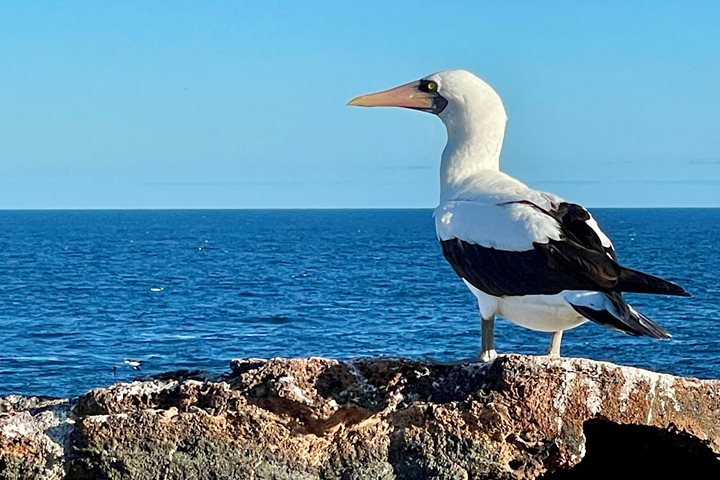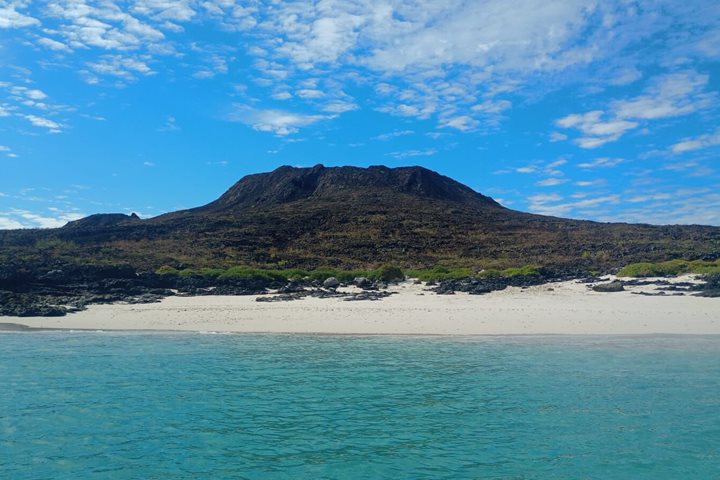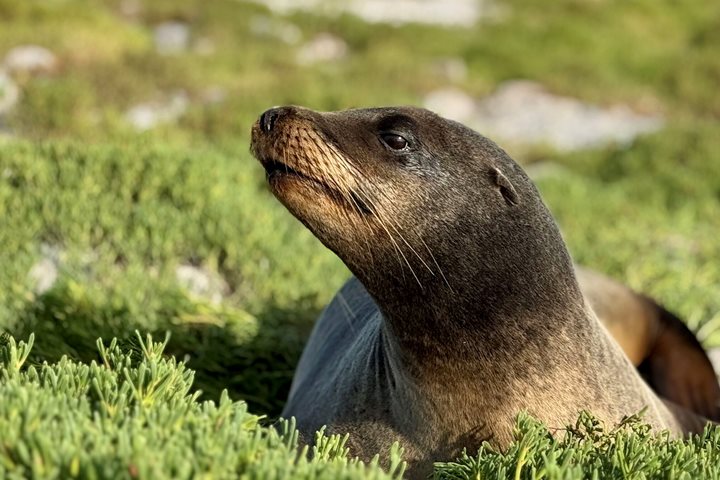Today we visited one of the most amazing places in the Galapagos, Genovesa Island. Invasive species have not arrived here. We like to call this place Bird Paradise. There are birds everywhere: nesting on trees, mangroves, and rocks. The birds interact with each other near human visitors, letting us observe the experience as we enjoyed this unique place.
We explored the island by hiking, kayaking, and snorkeling. The unique experiences on this island are sure to remain with us for a long time. We observed animals up close, giving us opportunities to capture amazing photos while learning about the animals’ behavior, anatomy, and history.







